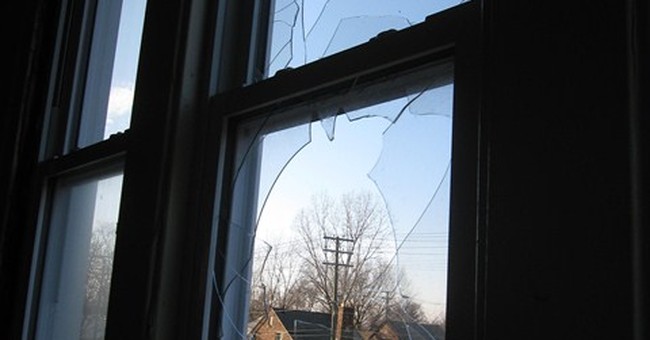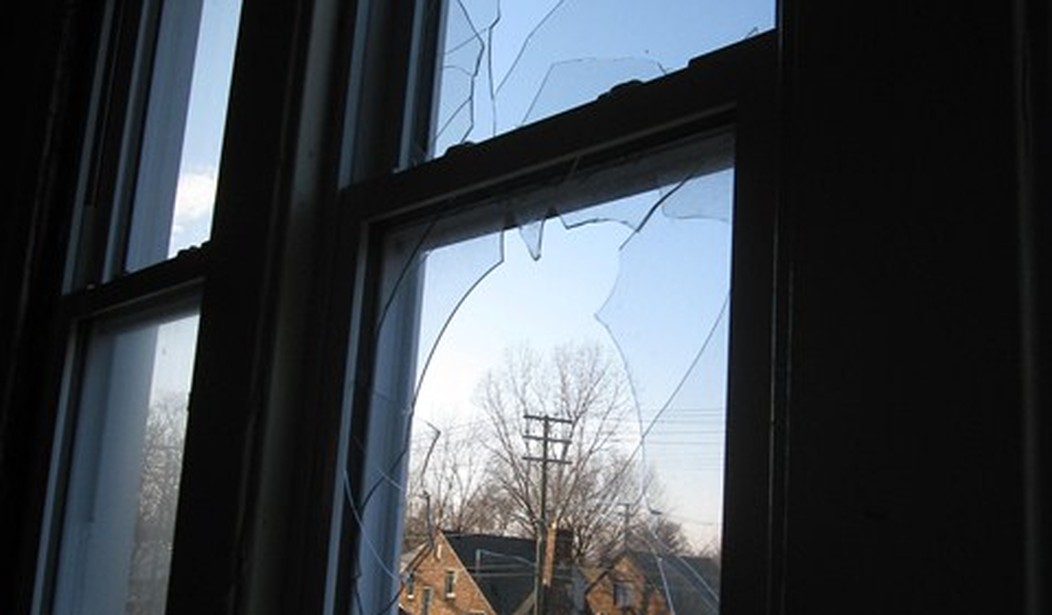
This article is the third in a series about policing and public safety policy. Today, we’ll talk about “Broken Windows Policing.” Former New York City Mayor Rudy Giuliani is widely and properly credited with cleaning up the mess his predecessor, David Dinkins left him. Giuliani in turn, credits Broken Windows Policing for his success.
The Broken Windows theory of policing was first publicized by George Kelling and James Wilson in the March 1982 edition of The Atlantic. In their article entitled Broken Windows; The police and neighborhood safety, Kelling and Wilson formally stated something we already knew. If you fail to repair a broken window, it won’t be long before the rest of them are broken. They applied this concept to crime.
The Broken Windows article covered in some detail how neglect in enforcing the little things, ultimately led to the decline of neighborhoods and increased violent crime. It is all about perceptions. People no longer felt safe, so they left if they were able. Criminals saw open and notorious disregard for the law in minor infractions and correctly surmised that the risk of being caught for major ones, wasn’t all that high. This is an extensive piece with a lot of ideas that while thought provoking, are at the same time, pretty much common sense. It’s well worth the read if for nothing more, than to see how so may disparate things actually work together to foster neglect, blight and crime.
Mayor Rudy Giuliani and his Police Commissioner, William Bratton put the concepts of broken Windows Policing together with data driven decision making (CompStat) and ended up turning New York City around. Before being selected as Police Commissioner, Bratton, a long time fan of this type of community policing (and of Kelling & Wilson) had run a successful initiative while Chief of New York’s Transit Police. Rudy Giuliani’s election as Mayor, enabled him to enact this policing philosophy throughout the city.
The results speak for themselves. In Bratton’s own words:
To see things clearly, we need to roll back the tape. Starting in the 1960s, everywhere in America, crime began rising. It continued to climb through the 1970s, and accelerated in the 1980s, particularly in our nation’s great cities, where the introduction of crack cocaine precipitated stunning amounts of violence. By 1990, there was an awful peak. New York City suffered 2,245 murders that year, a life stolen every four hours. Put another way, in 1990 the city accounted for 2.9% of the nation’s population and 9.6% of the nation’s homicides — and this at a time when America was much more violent.
And then it tipped. Slowly and localized at first, but then faster and increasingly widespread, three decades of seemingly inexorable crime increase tipped. By 2017, New York City had 2.6% of the country’s people and 1.7% of its homicides. The city, once the site of a tenth of the country’s murders, now literally has less than its share — and that’s a share of a whole that has dropped everywhere.
Read: Like it or not, broken windows works
In case you don’t find Bratton’s or Giluiani’s own words credible on this subject:
Read: Broken Windows Works
Kelling and Wilson were right. The left likes to scoff at them, derisively snorting about focusing on “more important stuff.” That’s because they know it works. The left also likes to take advantage of a common sense truism—there is never any single, major silver bullet to resolve any problem of consequence. Thus they attack single initiatives as not fixing the whole problem. Effective policing and public safety is comprised of a number of moving parts that all need to coordinate with and support the others.
Having said that, the opposite is not true. It is possible to damage or destroy an effective system by degrading or removing a single, critical piece. We’ll discuss that tomorrow in Part IV; That Don’t Look Right!
Previous Articles in this Series:
Opinion: Terry Stops and Three Strikes Laws; Time to Revisit Them (Part I)
Opinion: Terry Stops and Three Strikes Laws; Time to Revisit Them (Part II)














Join the conversation as a VIP Member